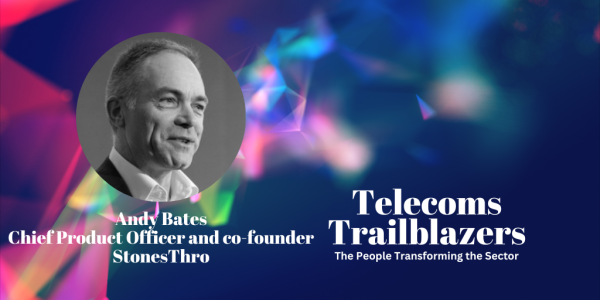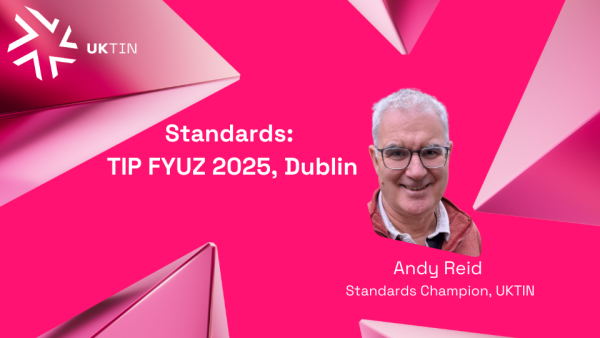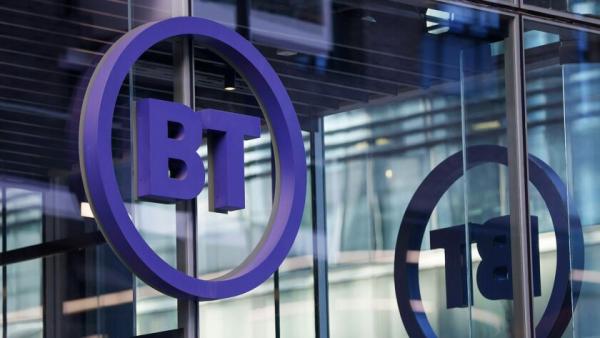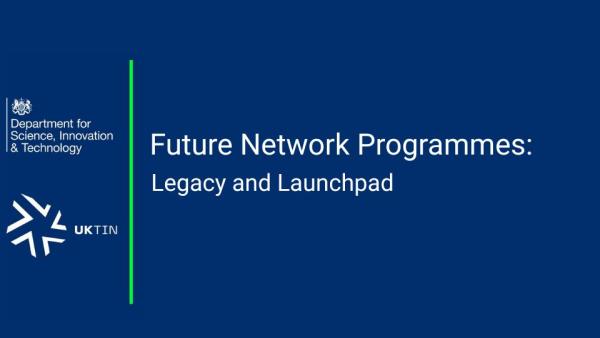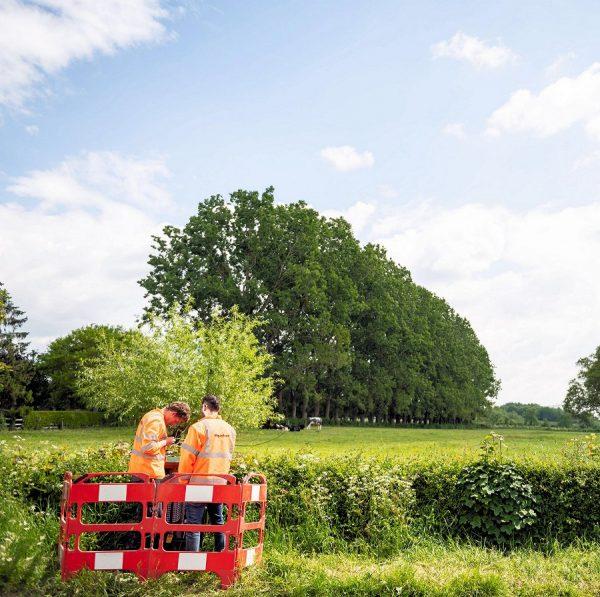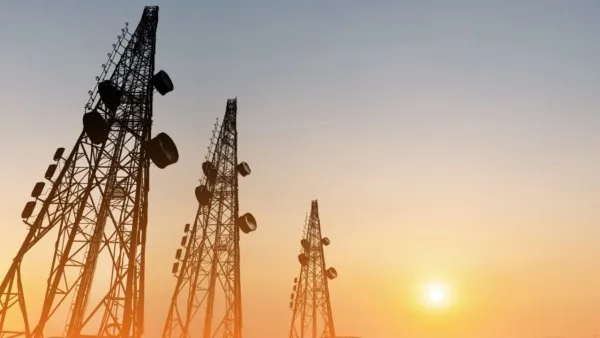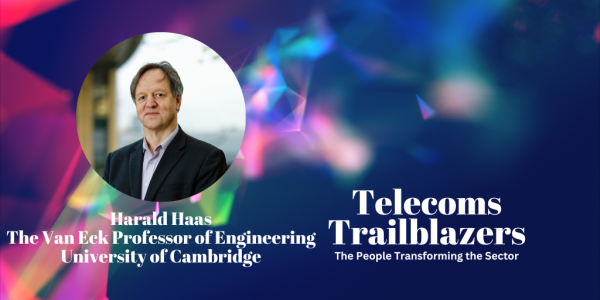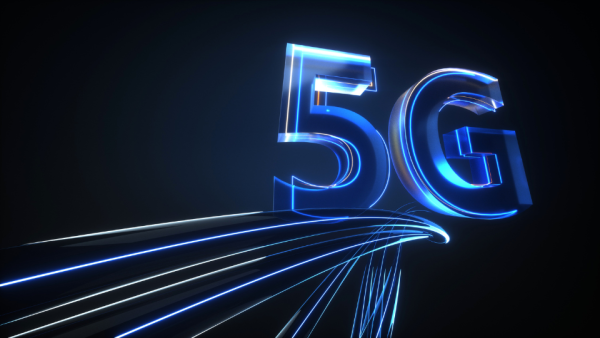The latest in the Telecoms Trailblazers series.
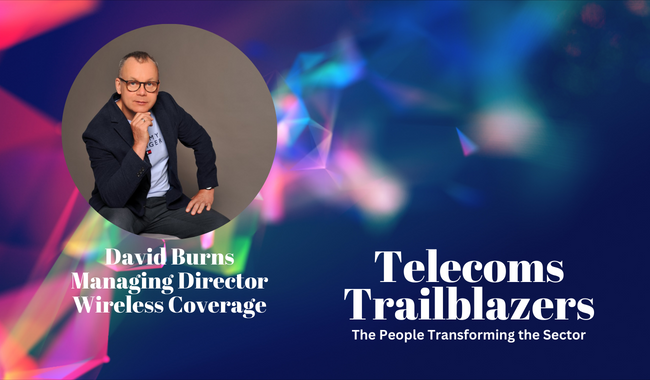
Hello, I’m David Burns and I am the managing director of Wireless Coverage: the developers of the next-generation wireless modelling system, WISDM. It is capable of simulating huge wireless networks in real time and in high definition. Our ground-breaking technology, developed in the UK and used throughout the world, allows more accuracy, richer detail and faster performance than ever before.
The science of how signals transmit through the air has been established for many many years and there are planning tools that have long been used by mobile phone companies. But our technology, WISDM, is approximately 500,000 times faster than the next nearest piece of software: we can model with greater precision.
We are able to design a city-wide network in a few minutes or hours with a level of precision that would take conventional software years. For example, we have been working on a project to bring multi-gigabit fixed wireless capability to central London using street lights to mount the wireless equipment. You need a really, really good digital twin map of the area to be able to sample this, as high-frequency millimetre wave signals needed for such fast connections will not tolerate any obstructions at all.
It’s a really exciting time for us. We recently bought a 3D Digital Twin for the entire of Great Britain and have been using it for our 5G projects. There’s a strong sales development in the UK but there’s also a huge opportunity internationally: we now have customers in the Philippines, North America and South Africa.
Alongside this, I am the chairman of the UK Wireless Internet Service Providers Association (UKWISPA). The trade body provides connectivity to the most rural and disconnected customers across the country, helping operators who provide broadband using mostly outdoor fixed wireless equipment but also hybrid with fibre optic as well. There are around 200,000 homes and businesses in the UK that use fixed wireless technology at the moment and this number is expected to grow rapidly over the next year or two. It’s a great community to be a part of.
1. What do you enjoy most about working in this space?
I love the challenge: the ability to make a genuine difference in the way in which operators make their investment decisions.
2. What’s the most ridiculous thing you’ve done in the name of work?
Some people within various community groups are genuinely worried about the safety of 5G. To ease them, I wear my white lab coat and explain how electromagnetic radiation works using a candle and a mirror. The science experiment is just a bit of fun but it reassures people.
3. What excites you most about working in telecoms?
It is changing rapidly. New technologies and standards are coming along all of the time. But this is double-edged. It is both exciting and annoying in equal measure. There are so many standards to choose from!
4. What would you like people to know about your work?
Many people in this industry talk using buzzwords and get fixated on this. I don’t think ordinary people care and I don’t either. My work is about improving people’s lives with connectivity. For me, telecoms is about achieving fantastic high-quality high-speed broadband. The next generation or latest update doesn’t necessarily matter. If someone’s Netflix program can be viewed seamlessly, it works!
5. Why is a vibrant, flourishing telecoms ecosystem important for the UK?
For many people, Facebook and adjacent social media sites are just as important as food and water. Fundamentally, the UK needs to be able to communicate effectively. Covid-19 proved this. The internet is where the majority of people work, relax, socialise, get health advice, bank, shop and find entertainment. If we want to move forward as an economy and nation, we need to better communicate. The more reliable and richer our telecoms are, the easier it will be to grow and thrive.


